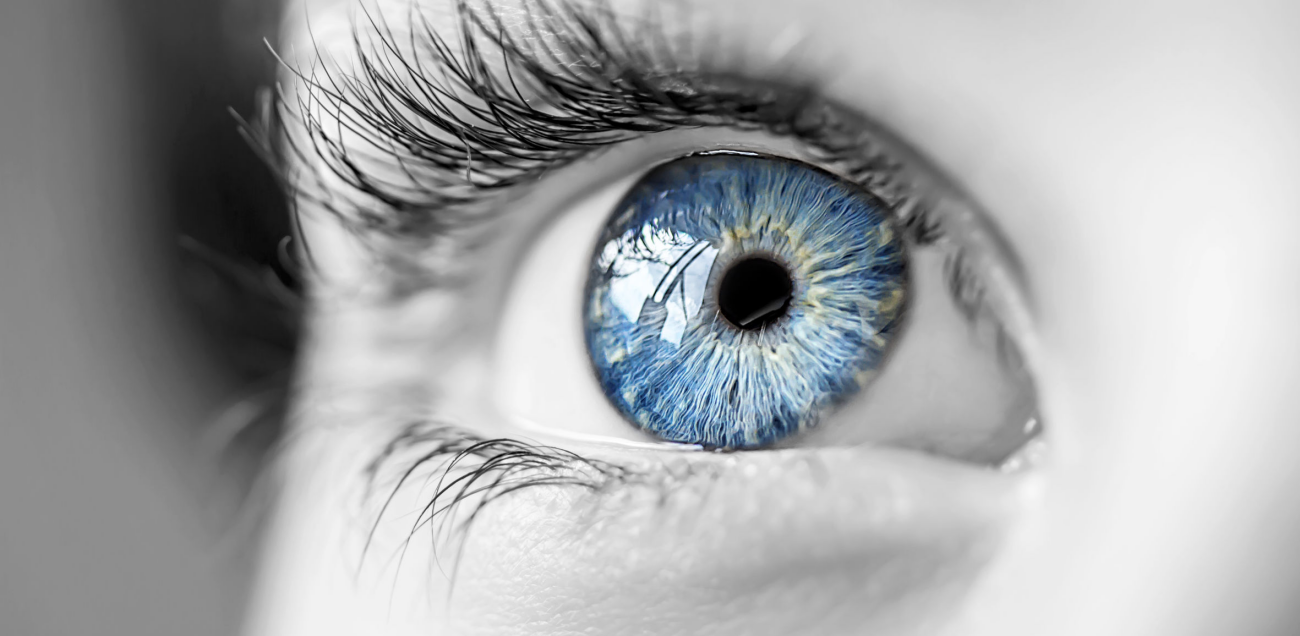A cataract is an opacity or cloudiness in the natural lens of the eye. It is still the leading cause of blindness worldwide and represents an important cause of visual impairment in the United Kingdom. The development of cataracts in the adult is related to ageing, sunlight exposure, smoking, poor nutrition, eye trauma, systemic diseases, and certain medications such as steroids.

Just as a smudged or dirty camera lens may spoil a photograph, opacity in the natural lens of the eye can result in a blurred image. Patients with cataracts usually complain of blurred vision either at distance, near, or both. This may interfere with tasks such as driving or reading. Other common complaints include glare, haloes, and dimness of colour vision.

A diagnosis of cataract can only be made by a thorough eye examination including slit lamp (microscopic) evaluation. Other devices are sometimes used to determine if glare interferes with vision. If cataract surgery is being considered, an ophthalmologist will also examine the posterior aspect of the eye, which will include evaluation of the retina and optic nerve. If a cataract is mature (extremely dense) or hypermature (white), an ultrasound device known as a B-scan may be used to rule-out retinal detachment and ocular tumours prior to proceeding with cataract surgery.
The progression of cataracts is highly variable, however, they will invariably worsen in severity. Changing glasses may sometimes be useful in improving vision as the cataract progresses, since cataracts may induce relative nearsightedness This is the answer as to why some patients with hyperopia (farsightedness) will actually have better vision without glasses in the early stages of cataract development. For most patients, however, changing glasses has minimal impact on overall visual quality. Besides changing glasses, the only other option for treatment of cataracts is cataract surgery.
The decision for cataract surgery is reached only between the ophthalmic surgeon and the patient. In general, this decision is based on the degree to which the patient’s vision is impaired, and the impact that impairment has on his or her quality of life. When a patient is significantly bothered by symptoms of cataract, cataract surgery is usually offered. Many patients will ask if a cataract must be “ripe” before surgery. The answer with today’s technology is “no.” Before the development of small incision cataract surgery and intraocular lens implants, outcomes with cataract surgery were far inferior to outcomes today. Therefore, ophthalmologists would typically wait until a cataract was very advanced before offering surgery. Today, with advanced surgical techniques and equipment, cataract surgery can be offered at a much earlier stage. In fact, many ophthalmologists will agree that it is safer to proceed with cataract surgery at an earlier stage of development rather than waiting until the cataract is advanced and very dense.
